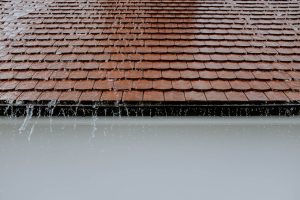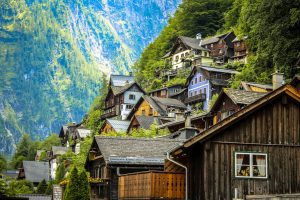
When the snow piles high in the winter, most of us are not concerned with the harmful results of applying roof melt chemicals. Afterall, salts and roof melt chemicals are a recognized and relatively easy method to melt snow and prevent ice build-up. What is not understood is the downstream damaging impact of using salts and chemicals.
Rock Salt
When excess salt is used to melt ice on the roof, the most visible impact will be seen on landscape foliage, grass and shrubs. Runoff from roads and nearby sidewalks can also enter the environment in a variety of different ways. Snow may melt into the soil, wind may blow salt onto nearby foliage, vehicles may splash and spray salt, and runoff may reach surface waters.
Rock salt, in particular, can cause dehydration which damages foliage. Salt can also harm root growth, injure new seeds, and disrupt nutrient uptake. Rock salt is cheap, but it will make its way into the waterways, can kill vegetation, and contaminate drinking water. Not only that, but it’s also harmful to animals, and can corrode concrete and metals.
Urea (Carbonyl Diamide)
Urea is often marketed as a “green” ice melting product, and although it is less hazardous to pets and children, it still releases nitrates into waterways. These nitrates deplete oxygen levels in the water and kill fish.
Coated Urea is a better alternative as it inhibits the release of nitrogen, which can help keep waterways healthy.
Potassium Chloride and Magnesium Chloride
Both potassium chloride and magnesium chloride are better alternatives to traditional rock salt. They do not harm plants, but they could still make their way into our waterways and have a great impact on the environment.
Roof melt chemicals have come a long way over the years. Acetates are now the safest way to melt ice while protecting the environment, but they are significantly higher in cost. This is the major drawback to using acetates, and the main reason why we still use rock salt today.
Save Energy Costs & Environmental Impact with HotEdge
Roof ice melt systems offer a better alternative to ice melt chemicals. They do not harm the environment and can effectively help prevent ice dams that can damage your roof. Call (800) 411-3296 to learn more.




